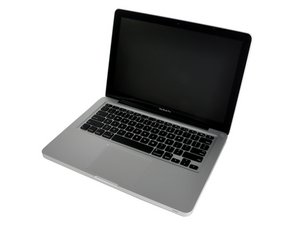You’ve got a few different things here. First Lion 10.7.5 does not offer recovery services by default. You need to upgrade the system firmware OS X Recovery Disk Assistant v1.0 Apple also updated it a few times so the options may not be the same between the different releases. Newer OS-X & MacOS have additional firmware updates which are installed during the upgrade process.
Here’s the recovery options: About macOS Recovery
Now you added a wrinkle here by encrypting your drive via Disk Utility you run the risk of not being able to regain access. Right now you appear to still have access as the key which is imbedded in your internal drive. Once you reformat it you’ll loose it and then you’ll loose access to your encrypted external.
Here’s more on yore differences between Disk Utility encryption & File Vault: FileVault 2 vs Disk Utility Encryption
Basically I would recommend you carefully restore your data onto a fresh drive unencrypted for now so you don’t loose anything. Make sure your data is safe before moving forward!
OK, now what??
You’re running a very old OS which adds complication! I would recommend you upgrade to at least Mavericks. In the process your older firmware and drive utilities will get updated (you’ll need to upgrade the drive to GUID Journaled if it isn’t already running it.
I would recommend you create a USB thumb drive OS installer following this guide: How to make a bootable Mavericks install drive They also have guides for all of the newer MacOS’s as well. It will make upgrading much faster and offer you a means to boot up your drive just in case.
Now with the System’s OS upgraded you can either recover your files back onto your drive or reformat your TimeMachine drive back to the standard format and then copy over your stuff from the spare drive back over to it.
Here’s how to setup your startup drive if you want that encrypted: Use FileVault to encrypt the startup disk on your Mac & How to encrypt your Mac with FileVault 2, and why you absolutely should
To protect your external TimeMachine backup you’ll need to use a good 3rd party encryption program. This is one of the better ones: Concealer sadly Apple still does not offer external drive support with FileVault2 yet.
War diese Antwort hilfreich?
Bewertet
Rückgängig machen
Bewertung
2
Abbrechen
Schau durch den Thread, bis du den richtigen Platz für diesen Kommentar gefunden hast. Klicke dann auf "Den Kommentar diesem Post zuordnen", um ihn zu verschieben.

 1
1 
 329
329  971
971 
